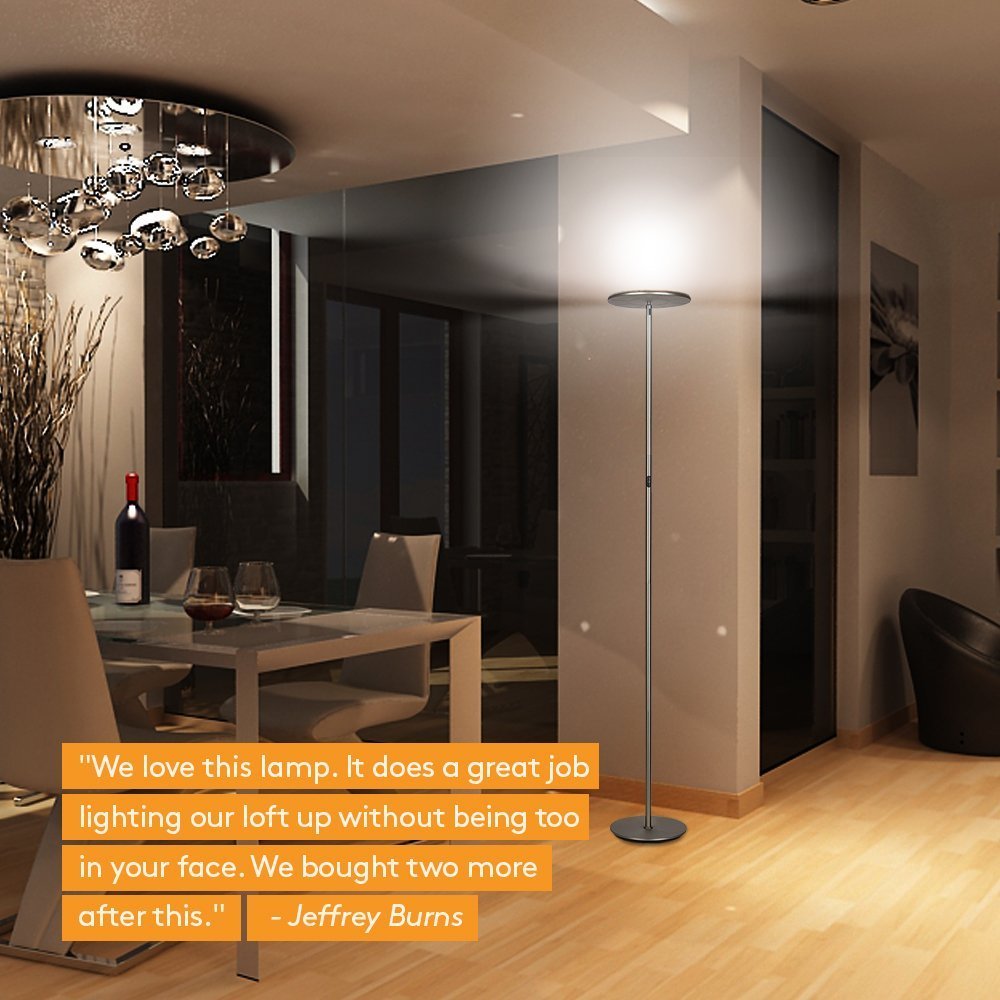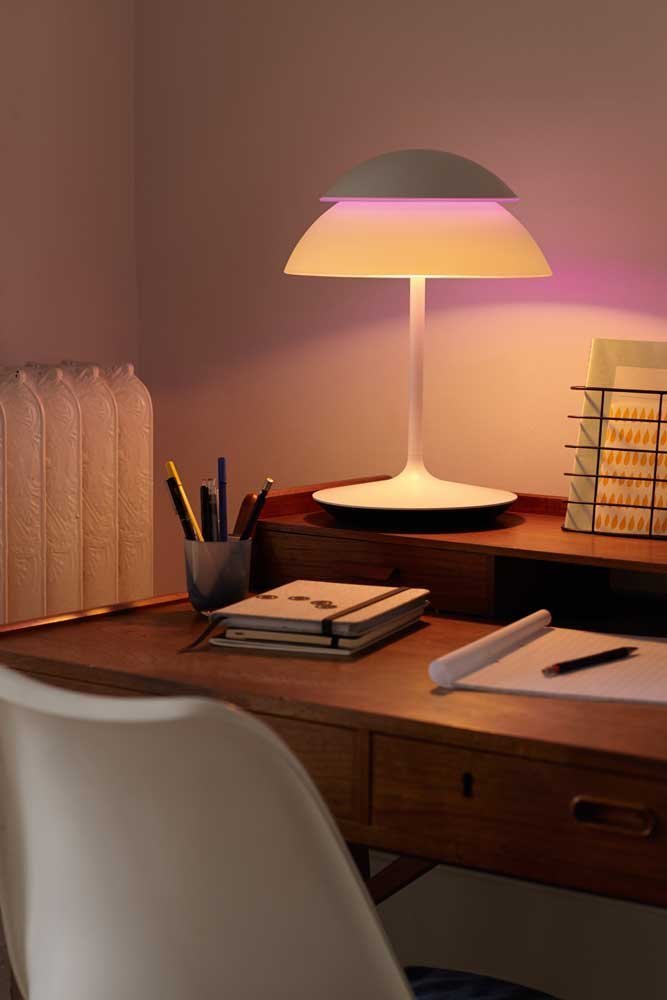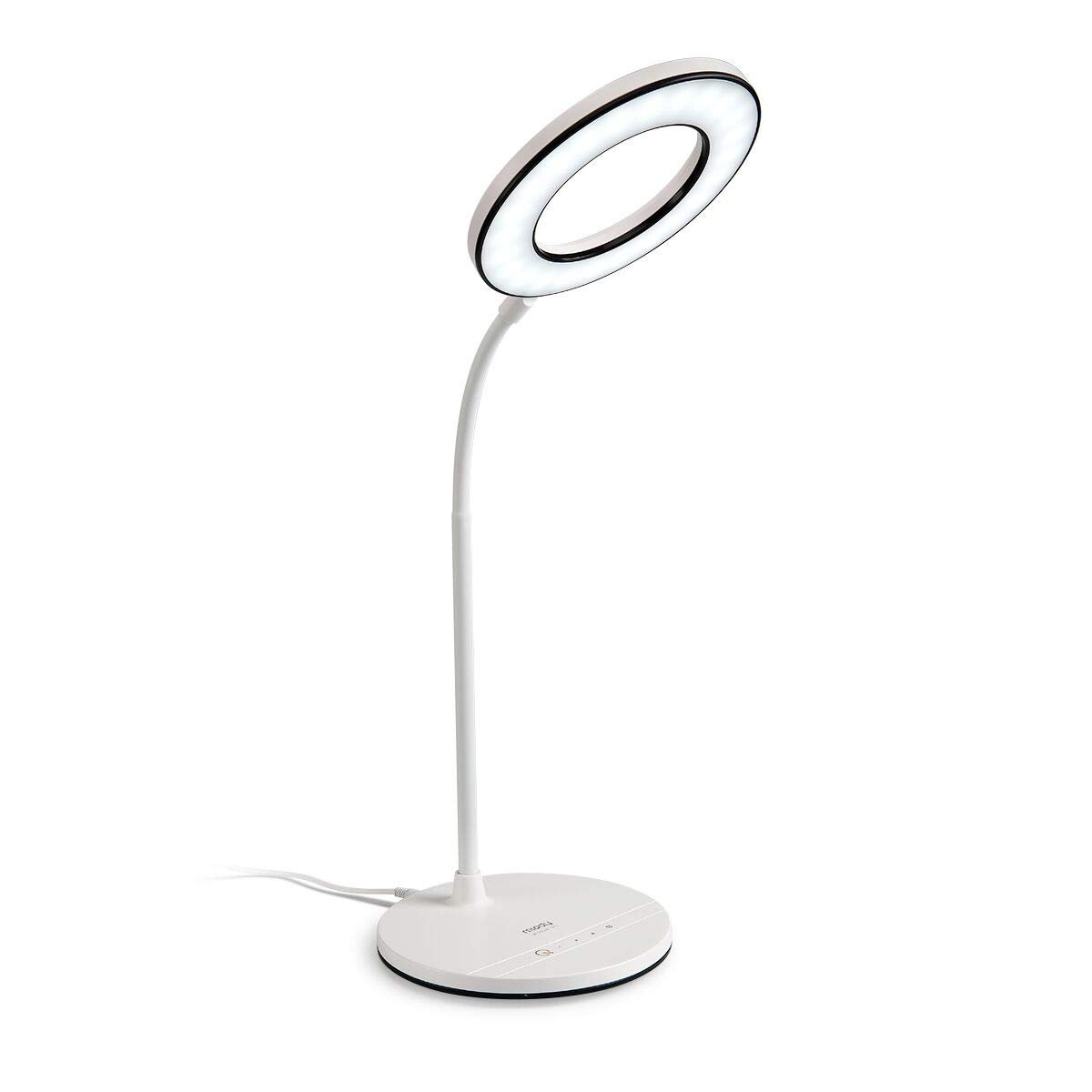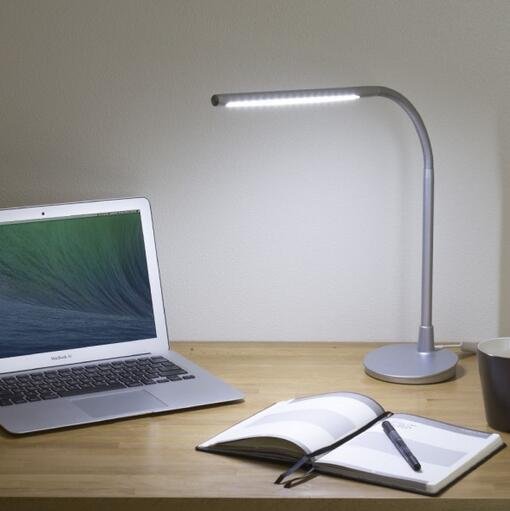Right now there is a very big market for retrofit lamps (“lamp”is the industry term for light bulb). People are not ready to jump on the integrated component market just yet, so for now they are experimenting with energy-efficient light sources that can screw into their existing fixtures.
There are three main categories to choose from: CFLs (compact fluorescent lamps), CCFLs (cold cathode compact fluorescent lamps) and LEDs.
CFLs have gotten much better than when they were first introduced, but people do feel negatively towards them from their experiences early on. The better lamps have electronic ballasts that eliminate the buzz.
They also come in a variety of color temperatures. Of the three lamp types, these offer the highest lumen output. Many now come in dimmable versions. They do not have full range of dimming but can be dimmed down to 30%.
CCFLs are lesser known but they are a particular favorite of mine. The glass tubing that contains the phosphors is much smaller in diameter than standard CFLs, about the diameter of spaghetti.
This allows them to fit inside glass envelopes that are the shape of the light bulbs we grew up with, such as household bulbs (known as A-lamps), flame tip bulbs (known as B-10 lamps), and round globe bulbs (known as G-lamps).
CCFLs can have a lamp life of 18,000-25,000 hours, as compared to a CFL, which has an average rated lamp life of 10,000 hours. A standard household bulb has an average rated lamp life of 750 hours.
The dimmable versions of CCFLs can be dimmed down to 10%. I recommend using these primarily in decorative fixtures were lumen output is not required; the highest wattage equivalent available presently is 60 Watts. More at www.brandreviewly.com.
LEDs are having a harder time in the retrofit market in terms of offering something that is acceptable to the general public. The reason being is that light-emitting diodes are unidirectional, meaning that they project light in one direction.
Household bulbs and fluorescents are omnidirectional, which means that they throw light out evenly in all directions. The lamp manufacturers are working very hard to create LED lamps that throw light evenly in all directions.
Some are more successful than others.
For now, with a few exceptions, the maximum wattage equivalent they can offer is 60 watts. I do predict that it won’t be long before 75-watt and 100-watt equivalent LED A-lamps will be introduced on the market.
There are dimmable versions of LEDs that have the ability to be dimmed down to 5%. I think all of these energy-efficient lamps have a place in the living room, as well as the rest of the house. The trick is to use a color temperature that you are comfortable with and a lumen output that meets your needs.
Pick Your Fixtures
Now that you know the function of your lighting, how bright you want it, and what temperature you prefer, it’s time to pick the best type of fixture for optimizing all of those factors. Here are some common fixtures, along with how (and where) they’re typically used:
Ceiling mount fixtures: Pretty standard for ambient lighting. The House Designers say they’re ideal in entry foyers, hallways, bedrooms, task areas, stairways. In hallways, they recommend spacing out fixtures every 8 to 10 feet for adequate illumination.More at https://www.brandreviewly.com/the-best-table-lamp-for-your-living-room-a-buyers-guide/.
Chandeliers: When used for general or ambient lighting, they’re best used in dining room or or bedrooms.
Wall-mounted fixtures: These are usually sconces. They can be used in any room for ambient, task, or accent lighting, depending on where you put them and what kind of bulb you use.
Pendant lighting: Used for task or general lighting, they hang from the ceiling and are equipped with shades to avoid glare. They work best over dining room tables, countertops or other work areas.
Recessed lighting: Again, recessed lighting can be used anywhere for general, task or accent lighting. It all depends on how bright they are and where they’re located.
Track Lighting: You can use track lighting for pretty much anything, too. It’s especially versatile because you can often move the individual lamps around and point them in whatever direction you want. This might be as an accent to highlight some artwork, or you might just use them to illuminate the whole room.
Table lamps: Great for accent lighting in a living room or task lighting in a bedroom.
The best lamp for living room Research Center offers detail about some additional light fixtures, including how to install them, what techniques they’re usually used with, and what sort of lighting effect they have. Remember: different fixtures call for different types of bulbs. So as you’re picking a fixture, consider what type of bulb it requires.













